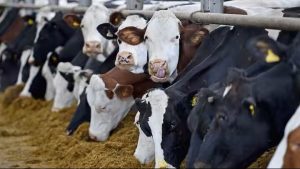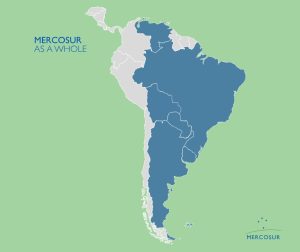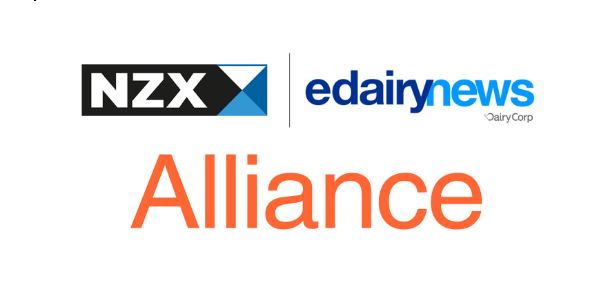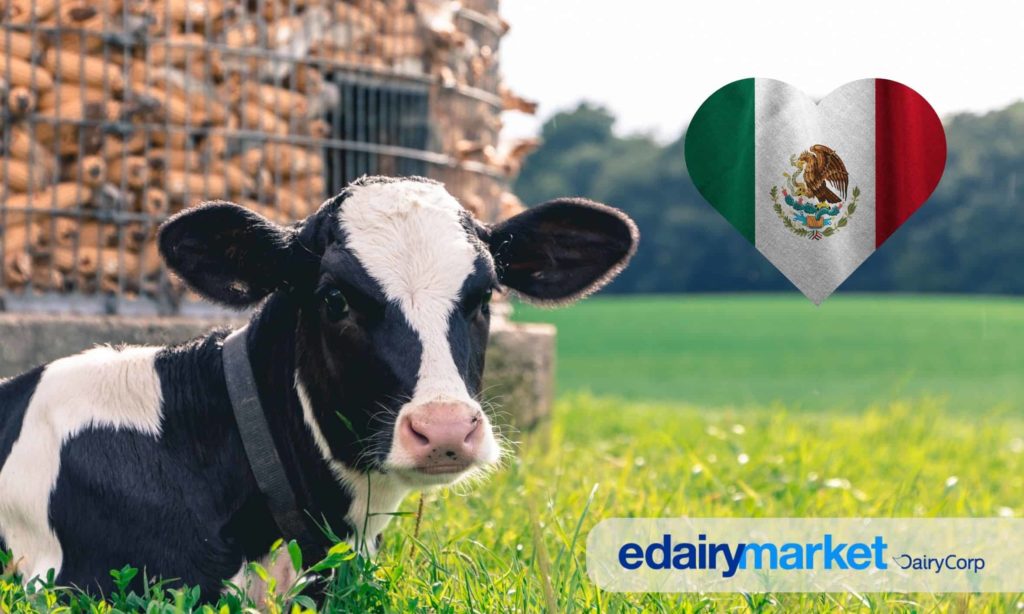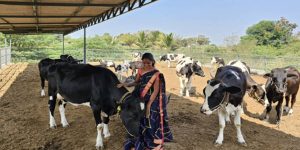
Despite India’s large milk production, its dairy exports remain limited due to structural issues. The focus on fluid milk, high production costs, and quality concerns hinder competitiveness. While retaliatory tariffs may create opportunities, India needs to modernize processing, improve quality, and align with global standards to truly benefit.
Media reports have suggested that retaliatory tariffs against American dairy may create an opening for India. While such optimism is understandable, a closer look reveals that these expectations warrant a more cautious assessment.
India, the world’s largest milk producer, produces about 240 mn tonnes of milk annually. Yet, it accounts for less than 0.5% of global dairy exports. The US, which produces less than half of India’s milk volume, commands a 6.7% share of global exports. Market access is not just a matter of production. The real issue lies in structural limitations that prevent Indian products from competing on the world stage.
Here are some key differences between India and the US:
In the triennium ending 2024, the US export basket was dominated by 3 categories: concentrated and sweetened milk and cream (HS 0402, 41%), cheese and curd (HS 0406, 36%), and whey-based products (HS 0404, 14%). In contrast, India’s dairy exports leaned on butter and milk fats (HS 0405, 40%), followed by HS 0402 (16%) and HS 0406 (15%).
Even within similar product groups, the nature of exports is different. For instance, within HS 0406, about 52% of US exports consist of fresh cheese and curd (HS 040610), and grated or powdered cheese (HS 040620), products in high global demand. In comparison, these product lines account for less than 6% of India’s exports. In HS 0402, while both countries predominantly export skimmed milk powder (SMP, HS 040210), India’s SMP exports have been highly volatile over the past six years, reflecting inconsistent competitiveness and fluctuating market engagement.
US dairy exports are primarily for Mexico, Canada, Asean countries and China – markets where price, quality and consistency are critical. Among these, China, which has imposed the highest retaliatory tariffs on US dairy, accounts for a significant share. But, notably, 63% of US dairy exports to China consist of whey-based products that India neither produces nor exports in significant volumes.
India’s major dairy export destinations are Bangladesh, Bhutan, Nepal, the UAE, Saudi Arabia and Bahrain. These markets are driven more by proximity, cultural preferences and opportunistic supply, than by sustained competitiveness. Should US dairy exports be penalised or priced out of certain markets, the likely beneficiaries will be other major exporters – New Zealand, Australia, the EU and Canada. These countries have market access, product diversification and trade agreements in place.
There is no harm in being optimistic about trade openings. However, misplaced optimism can misguide policymakers and delay necessary reforms.
The idea that India can swiftly grab market share vacated by the US overlooks deep-seated issues:
Wrong focus
Heavily focused on fluid milk and low-margin commodities. Investment in processing infra to produce cheese varieties, whey proteins and functional dairy ingredients aligned with global demand trends remains limited.
Production & processing costs
Traditionally, India’s lower capital intensity in milk production kept costs competitive compared to many dairy- rich nations. However, recent estimates from International Farm Comparison Network (IFCN) show that India’s cost of producing 100 kg of solids-corrected milk (SCM) now stands at around $50-60, by no means low by global standards.
Weak processing and cold chain logistics further raise costs. High logistics and transportation costs have made it difficult even for global dairy players to survive in the Indian market. The same structural cost burdens hamper Indian players globally.
Quality competitiveness
High-income markets that command premium prices maintain stringent standards on animal feed, antibiotic residues and contaminants, areas where India’s compliance mechanisms require significant strengthening. For instance, the EU is yet to approve India’s Residue Monitoring Plan (RMP) for milk and milk products, effectively shutting India out of one of the world’s most lucrative dairy markets.
Structural gaps, not tariff walls, have held back India’s dairy exports. Growing its dairy exports will require deliberate, long-term strategies: improving milk quality at the farm level, modernising processing infra, expanding cold chains, aligning with global food safety standards and investing in export-oriented R&D.
You can now read the most important #news on #eDairyNews #Whatsapp channels!!!
🇮🇳 eDairy News ÍNDIA: https://whatsapp.com/channel/0029VaPidCcGpLHImBQk6x1F





